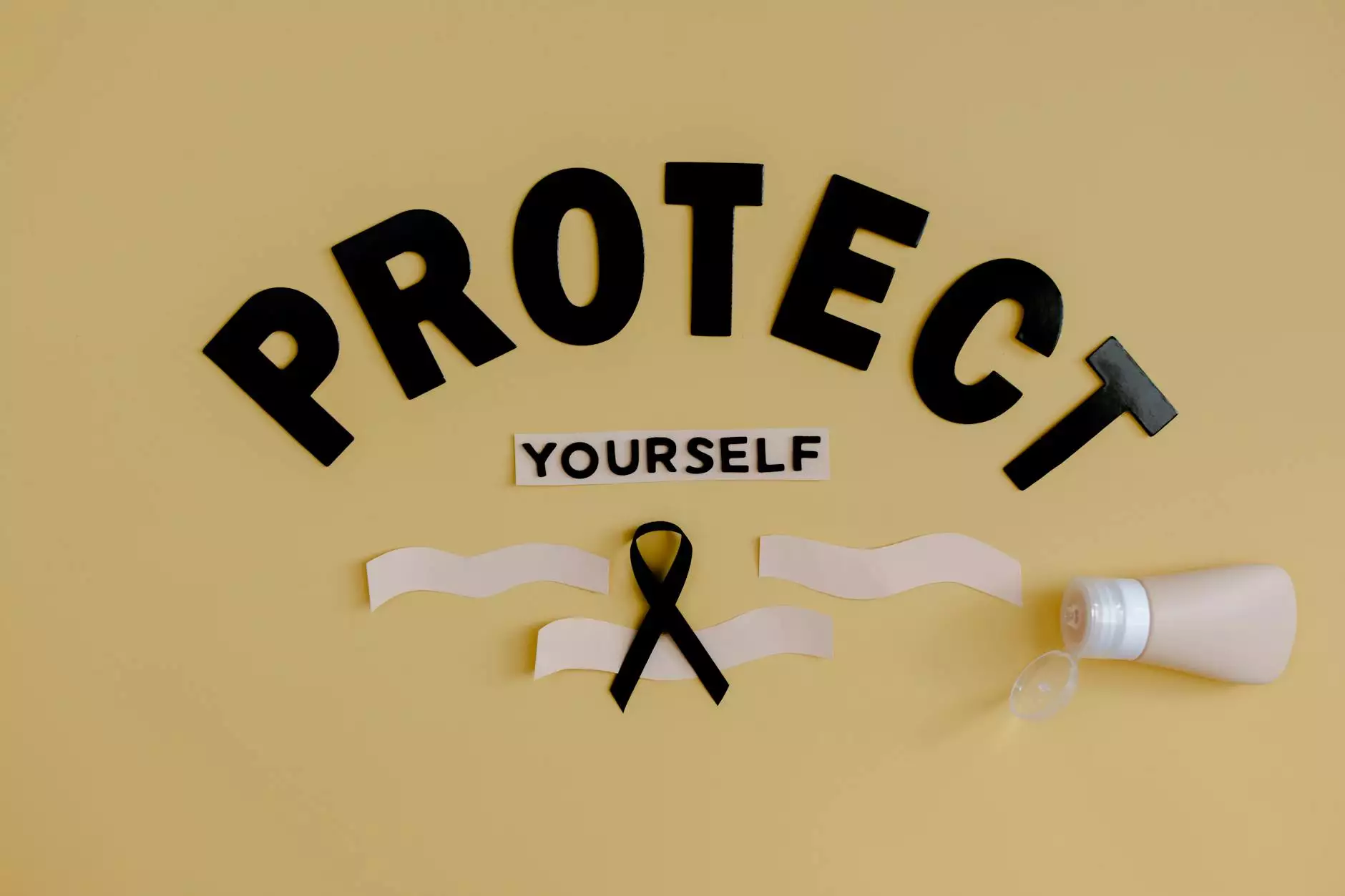How to Detect Melanoma
Health
Understanding Melanoma
Melanoma is a type of skin cancer that develops when the pigment-producing cells in the skin, known as melanocytes, start to grow abnormally. It is crucial to detect melanoma at an early stage for effective treatment and prevention of further complications.
Identifying Suspicious Moles
Regular self-examinations and understanding the warning signs of melanoma can help in its early detection. Here are some key characteristics of suspicious moles:
- Asymmetry: One half of the mole is unlike the other half.
- Border: The edges of the mole are irregular or undefined.
- Color: The mole has multiple colors or uneven pigmentation.
- Diameter: The size of the mole exceeds 6 millimeters in diameter.
- Evolving: The mole is changing in size, shape, or color over time.
Skin Examination Techniques
Performing a comprehensive skin examination is the first step in detecting melanoma. Follow these steps:
- Find a well-lit room and a full-length mirror.
- Examine the front of your body:
- Start with your face, paying close attention to the nose, lips, mouth, and ears.
- Move to your scalp, using a handheld mirror if necessary, to carefully examine each part.
- Check your neck, arms, and hands, including the spaces between fingers and under nails.
- Inspect your chest, torso, and abdomen.
- Examine your legs, including the back of your thighs, calves, and feet.
- Examine the back of your body:
- Use a handheld mirror to see hard-to-reach areas or ask someone for assistance.
- Check the back of your head, neck, and upper back.
- Inspect your shoulders, back, buttocks, and back of your legs.
- Finally, examine the soles of your feet and spaces between toes.
Seeking Professional Evaluation
If you notice any suspicious moles during your self-examination, it is essential to seek professional evaluation from a qualified healthcare provider. Kelley Tim, an experienced physician assistant in the field of health, offers expert guidance and diagnostic services for detecting and treating melanoma.
Preventing Melanoma
A proactive approach to protecting your skin from harmful effects can significantly reduce the risk of developing melanoma. Here are some preventive measures:
- Limit exposure to direct sunlight, especially during peak hours.
- Wear protective clothing, such as hats and long sleeves, when outdoors.
- Apply sunscreen with a high SPF regularly and reapply as needed.
- Seek shade whenever possible, especially when the sun's rays are the strongest.
- Avoid tanning beds and sunlamps, as they emit harmful UV radiation.
- Keep infants and young children out of direct sunlight.
Conclusion
Being aware of the signs and symptoms of melanoma and regularly examining your skin can save your life. Consult Kelley Tim PA-C for professional evaluation, advice, and guidance to ensure early detection and timely treatment. By taking preventative measures, you can protect your skin and reduce the risk of developing melanoma. Stay informed, stay healthy!










